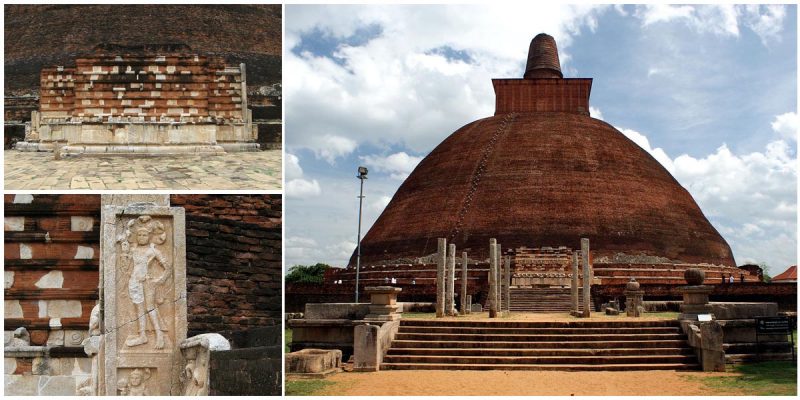The Jetavanaramaya is a Buddhist Stupa located in the ruins of Jetavana in the ancient city Anuradhapura.
It is one of the eight sacred places in Sri Lanka, and it is considered as the tallest Buddhist Stupa in the ancient world, with a height of 400 feet. The man who initiated the construction was Mahasena of Anuradhapura, and later, it was finished by his son, Maghavanna I. It is believed that this monument was built upon the enclosure where the monk who brought Buddhism to Sri Lanka, Mahinda Maha Thero, was cremated.
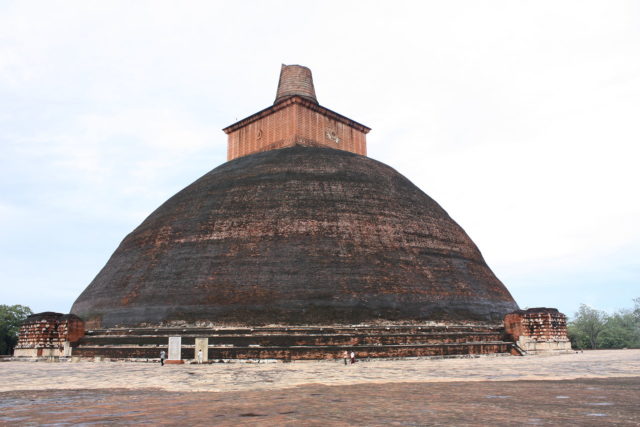
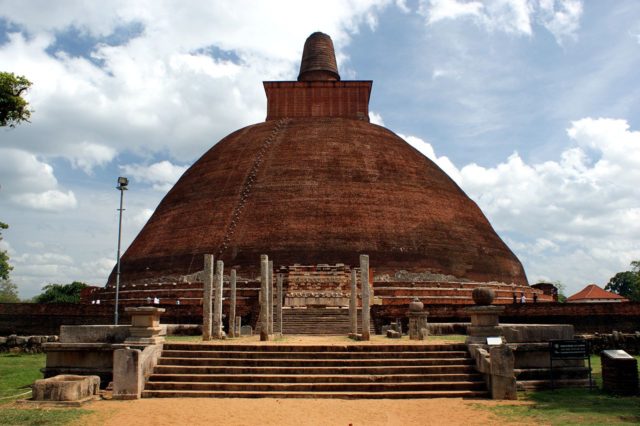
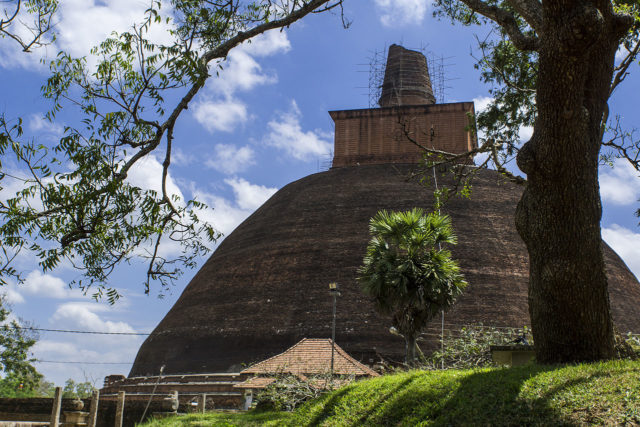
There is a relic in the stupa which is believed to be a part of a belt tied by Buddha. However, no data is available concerning when it appeared here and how.
The stupa represents Buddhist monks of the Theravada and Mahayana sects, and it has a high significance in the country. The entire compound contains 10, 000 Buddhist monks and it covers an area of 5.6 hectares. The construction of the structure was a crucial development in the history of Sri Lanka because of the engineering ingenuity.
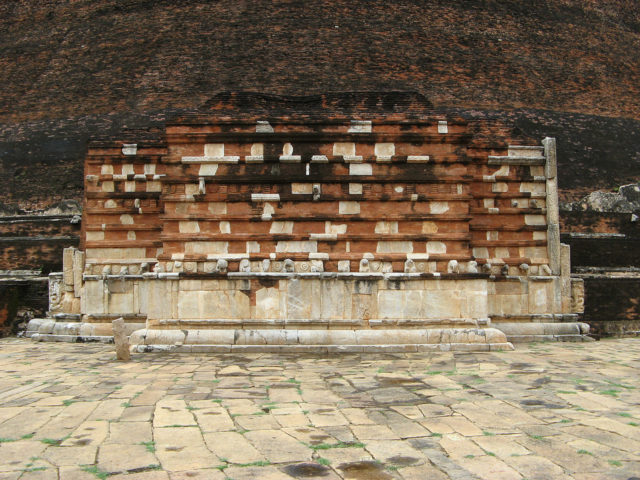
The gaps between the bricks were filled with earth, and it was the ideal elliptic form which provided the enormous size of the stupa. According to Wikipedia, the Mahavamsa describes the foundation lauing, where fissures were filled with stones and stamped down by elephants whose feet were protected with leather bindings.
When the construction was done, it was covered with lime plaster which contained natural materials which protected the roof from water and insects. It is estimated that the construction of the stupa took 15 years and would have needed a workforce of a hundred people.
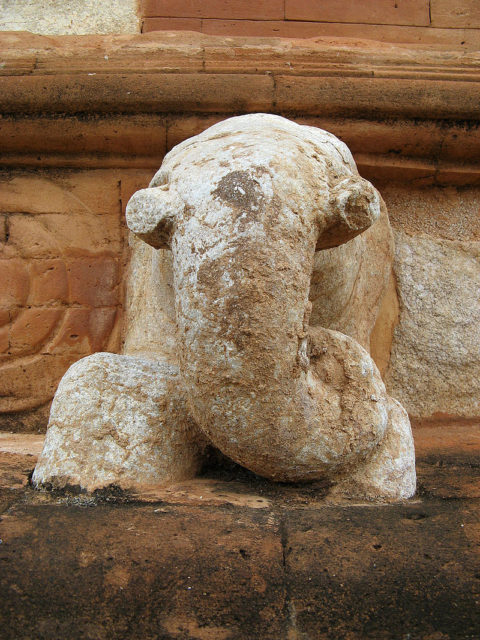
Today, the stupa is going through a slow restoration, and it has trees up on it, where reconstruction has not started yet. In 1909 the temple of Gammanpita received approval to clear the stupa from the trees, but it was canceled because of the monk of the temple, Kumbuke Dhammarama of Sailabimbaramaya, decided to settle down.
Read another story from us: The Bjodoin Temple is one of the oldest Buddhist temples in Kyoto, Japan
Other temples also tried to get approval to clear the premises, but they were also canceled. The fund for the conservation work was collected by selling tickets to foreign tourists when they visited the cultural triangle sites of Anuradhapura, Polonnaruwa, and Sigiriya.
